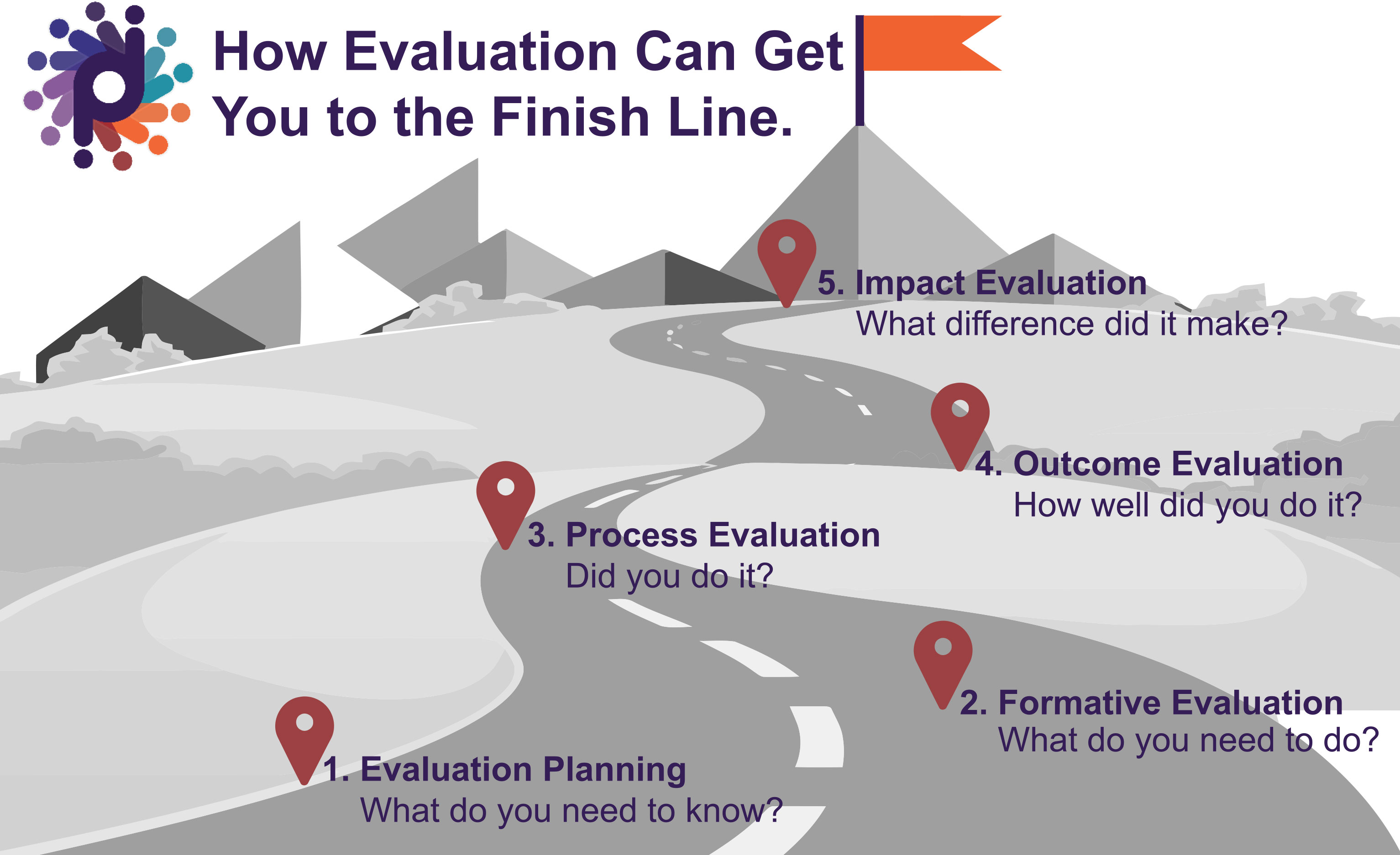If you are struggling with how to demonstrate program success with limited resources for evaluation, you are not alone. Fortunately, there are ways to build evaluation into your programs to minimize effort and cost while maximizing insight and impact.
The key to unlocking this puzzle is thinking about evaluation from the start. Not only does this give you a baseline to measure against, it forces you to clearly articulate your objectives, strategy, and intended outcomes (which, as we know, is critical for effective programs). And, if you evaluate along the way rather than at the end, you can course correct if there are any challenges – or opportunities.
Now that you know how to unlock the puzzle, how do you put the pieces together?
What we’ve found most helpful is creating a logic model. It’s a simple yet thorough framework for evaluation. There are many templates and approaches for logic modeling. But, it really boils down to thinking through the following:
- Goals: Where do you want to be?
- Intermediate Outcomes: What will it take to get there?
- Current Context: Where are you now?
- Inputs: What resources can you put towards your program?
- Program Activities: What are you going to do?
- Program Objectives: What will success look like?
Once you have this mapped out, you can determine how to monitor whether programs are being implemented as intended, track progress toward program objectives, and measure movement toward your goals and intended outcomes. Check out this article for a basic overview of evaluation planning.
Your evaluation strategies don’t have to be too resource-intensive.
- Look for ongoing opportunities to collect information and feedback as part of your program activities. Hand out satisfactions surveys, conduct exit interviews, and make use of intake forms.
- Create a system for tracking activities that maintains up to date information on what you’ve done, who you’ve reached, and services/products you’ve provided. If you can’t build a database, a well-designed spreadsheet can do the job. But make it part of of your standard operating procedure.
- Plan ahead to make sure you have baseline data to measure against so you can demonstrate increases and improvements. Ask participants to fill out quick surveys before and after a training. Gather publicly available data related to your outcomes or add questions to existing surveys if you can’t afford to field your own survey.
- Make sure the information you are gathering is relevant. Don’t waste time and energy collecting data that can’t be used to assess your program or make decisions about it.
BOTTOM LINE: Be clear about where you want to go, and how you plan to get there. Then you can build in ways to monitor whether you are headed in the right direction and on track to reach you destination on time.
Helping organizations (big or small) through this planning process is what we at Devi Partners do best. Contact [email protected] to learn more about our services and approach.
Photo Credit: Ken Teegardin, Creative Commons


